Get the most out of winter walking
Don’t let cold weather stop you from staying active.
Updated on December 19, 2023
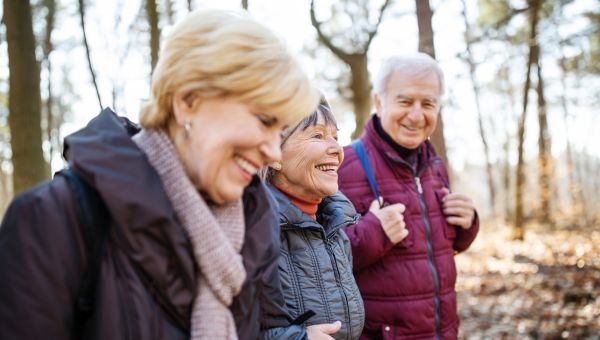
Studies suggest that regularly walking can lower your risk of serious conditions such as heart disease, high blood pressure, stroke, and even depression. It’s also one of the easiest forms of exercise to do. All you need is a good pair of shoes, a safe place to walk, and decent weather.
As fall turns to winter and temperatures drop, however, it can be tempting to let your walking habit go into hibernation. Here’s how to tweak your walk for colder weather so you can maintain your routine—and the health benefits that come with it—all year long. Just be sure to check with your healthcare provider before starting a winter exercise program to make sure it’s right for you.
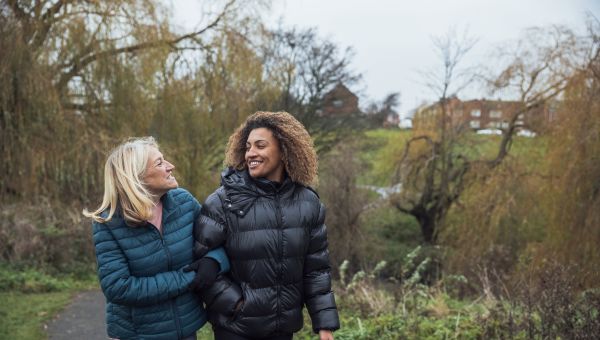
Find someone you can rely on
Walking with others can make fitness fun and social. Your first step should be to find a group or buddy who is willing to commit to regular walking. Whether it’s a coworker, close friend, or family member, knowing you have someone counting on you—and someone to whom you are accountable—can help you brave the cold when you’d rather stay inside on the couch.

Don’t skip a scarf
Scarves aren’t just for covering your neck. Having a facial covering can protect your lungs and make your walk more comfortable.
Cold, dry air can irritate your lungs, but wearing a scarf or balaclava-style face covering helps to warm and humidify the air you breathe in. As much as possible, try to breathe in through your nose rather than your mouth to further help warm the air. Another plus: Since your face and neck are up to three times as sensitive to cold as other body parts, a scarf can give you the comfort you need to log those extra minutes on your walk when the air gets chilly.
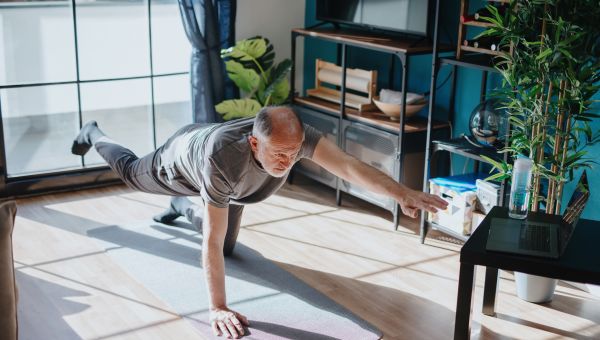
Have a plan b
Research shows that walking outside has great physical and mental benefits. A scenic stroll can work as a brain booster to help focus your mind and improve memory. But if it’s too cold, wet, icy, or windy to walk with your buddy or group outside, have a backup plan. It may be staying at home to do a workout indoors or waiting for a day with better weather. As much as you may want to walk, it isn't worth potentially slipping and falling on ice.
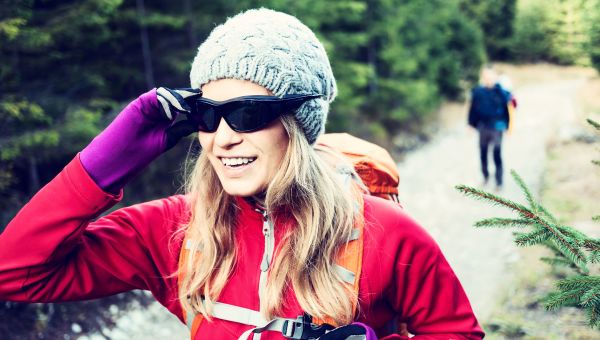
Grab your shades
Too much fun in the sun can harm your eyes in the summer. But the sun can do just as much, or even more, damage in the winter. That’s because the sun sits lower in the sky during the colder months and icy or snowy conditions can reflect harmful ultraviolet (UV) rays up into your eyes. An excess of reflected sunlight over time may lead to vision loss and a condition known as snow blindness. This is a form of photokeratitis, which involves damage to the cornea (the clear front window of the eye) caused by UV rays.
Protecting your eyes is easy: Next time you’re headed out the door for your walk, put on a pair of sunglasses or snow goggles (if you have them). When you buy a new pair, look for a sticker or tag indicating they block 100 percent of UV rays.

Texas Heart Institute. Cold-Weather Exercise. 2021. Accessed June 3, 2021.
Arthritis Foundation. 12 Benefits of Walking. Accessed December 19, 2023.
DeAngelis, Tori. Want to boost your mental health? Take a walk. Monitor on Psychology. American Psychological Association. November 1, 2022. Vol. 53 No. 8.
American Lung Association. Tips for Outdoor Exercise in Cold Temperatures. February 8, 2018.
Weir, Kirsten. Nurtured by nature. Monitor on Psychology. American Psychological Association. April 1, 2020. Vol. 51, No. 3.
Luo M, Wang Z, Zhang H, et al. High-density thermal sensitivity maps of the human body. Building and Environment. Volume 167, January 2020.
Boere K, Lloyd K, Binsted G, Krigolson OE. Exercising is good for the brain but exercising outside is potentially better. Sci Rep. 2023;13(1):1140. Published 2023 Jan 20.
Turbert, David. Winter UV Eye Safety: Prevent Snow Blindness and Other Conditions. American Academy of Ophthalmology. June 8, 2021.
Porter, Daniel. What is Photokeratitis — Including Snow Blindness? American Academy of Ophthalmology. May 16, 2023.
American Academy of Ophthalmology. How to Choose the Best Sunglasses: Six Things to Consider. April 30, 2015. Accessed July 6, 2021.
More On


video
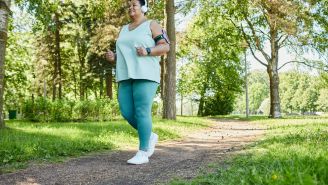
article


video


video


video
